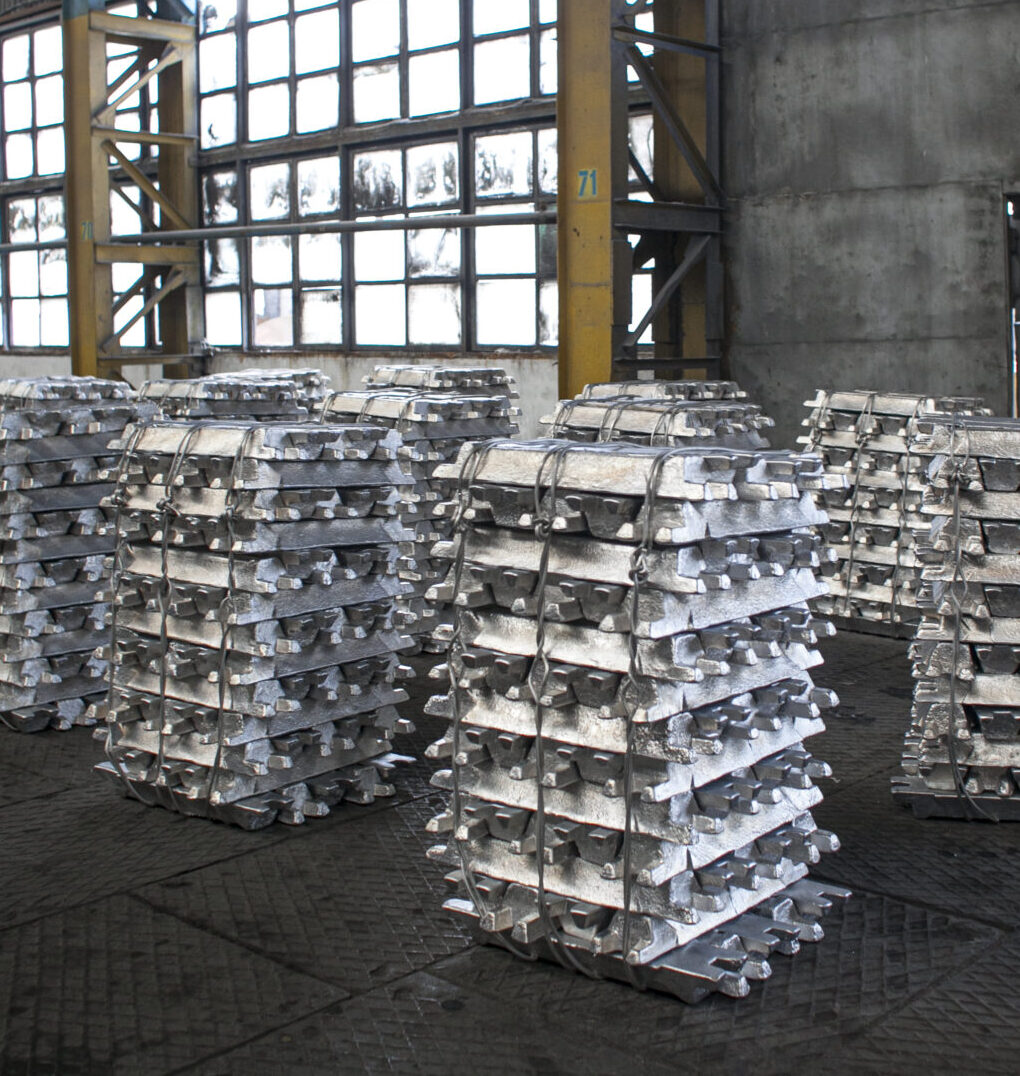The science and ethics of solar geoengineering
Long considered taboo, the idea that humans might reflect the sun’s rays to deliberately cool the planet is today gaining mainstream attention. As humanity’s efforts to decarbonize continue to fall short, and the effects of climate change accelerate, scientific and policy circles are increasingly discussing solar geoengineering as a last-ditch effort to protect Earth from dangerous warming while the world seeks to rapidly decarbonize.
At a June 10 discussion held during Harvard Climate Action Week, leading scholars from atmospheric chemistry, climate physics, economics and philosophy discussed our current understanding of solar geoengineering, highlighting areas of uncertainty, and identifying ways to move forward on research while the debate intensifies on its possible deployment.

Should humans inject aerosols into the stratosphere to reflect sunlight and cool the planet? If they did, which aerosols? How would that impact the weather? Who should decide if these tools are ever deployed? And how to move research out of the lab when would-be launch communities are so hesitant to play host?
“I’ve done a lot of work building complex models. And that makes me inherently distrustful of models,” said Robin Wordsworth, Gordon McKay Professor of Environmental and Planetary Science. What’s needed, he argued, are “larger experiments because our best models are only ever as good as the laboratory experiments that constrain them.”
Researchers investigating solar geoengineering often look at volcanic activity to study the cooling effect of the sulfate aerosols released into the stratosphere during eruptions. But sulfates produce well-known side effects: to human health, to the ozone layer.
“Sulfur is the devil we know,” said Frank Keutsch, Stonington Professor of Engineering and Atmospheric Science, who believes scientists must investigate “alternative materials that may have fewer side effects.”
Yet real-world experiments that could unlock knowledge about those alternatives have been stymied by a lack of agreed-upon governance norms and a skeptical public.
For Britta Clark, who is completing her doctorate in Harvard’s Philosophy Department, it is important to clarify the terms of the debate. Supporters of solar geoengineering who believe that a future governance model will pave the way to experiments should also acknowledge that governments have continuously failed to negotiate policy governing the energy transition.
“People sort of cherry pick assumptions that fit the technology or lack of technology that they’re interested in,” Clark said. “So, someone will say, ‘Look, I’m really optimistic about solar geoengineering and the prospects of a just and equitable governance scheme, but I’m really pessimistic about the chances of a rapid and just global energy transition.’ Those are inconsistent assumptions.”
Panelists largely agreed that solar geoengineering research will proceed, but that if universities do not lead, governments and militaries may dominate the field.
Billy Pizer, president and CEO of Resources for the Future, an independent think tank, likened the shift in mentalities to how climate adaptation lost its stigma.
“Ten years ago, there was a lot of resistance to even talking about adaptation. But the dam broke on that. The impacts of climate change were significant enough that people could not ignore having conversations about adaptation. That’s an important lesson for us here,” Pizer said. Geoengineering “may happen whether you want to talk about it or not. If you don’t want to be surprised by it, you need to get ahead of it. National security people and others are going to begin to think about this as something they can’t just say, ‘we’re not going to do anything.’ Governments are beginning to tiptoe into this topic.”
For Clark, who will begin a postdoc at the Salata Institute for Climate and Sustainability this fall, that means solar geoengineering debates must become part of the mainstream climate conversation.
“I think it’s important to move away from questions of ‘deploy or not,’ ‘research or not,’ to broader questions: ‘Who would control it?’ One thing not often mentioned is connections with militarization, and the relationship between solar geoengineering and other aspects of the energy transition,” she said.
Universities are still uniquely positioned to lead by producing knowledge to guide policymakers around the world, several panelists agreed.
“Part of the reason that I’ve advocated working on this over the last 20 years is that I feel like we have limited time. Because we don’t get to decide who gets to use it, or whether somebody uses it,” said Daniel Schrag, Sturgis Hooper Professor of Geology, who moderated the discussion. “The real question is, how can we influence the thinking of people who might have the power to make the decisions in the future?”
Termination shock
One known problem with stratospheric aerosol injection is that, once begun, humanity must continue the effort indefinitely – as long as greenhouse gases continue to accumulate in the atmosphere. Aerosols only stay aloft at that altitude for a year or two.
The cost is, relative to the cost of decarbonizing, negligible, and the required airplane technology accessible. But were the solar veil not maintained, Earth would face what is known as termination shock: The planet would rapidly heat to account for all the new carbon dioxide and other heat-trapping gases released since the climate intervention began but suppressed by the radiation management.
“I compare solar geoengineering to opiates,” said Keutsch. They’re really strong painkillers in that they only treat a symptom and not the actual cause. You can get addicted if you don’t address the cause. Like any painkiller, you’re going to have side effects; the idea that you can have a strong painkiller without side effects is not true. And, as for the withdrawal symptoms, that’s the termination shock. For me, from the physical science perspective, termination shock is the biggest concern.”









